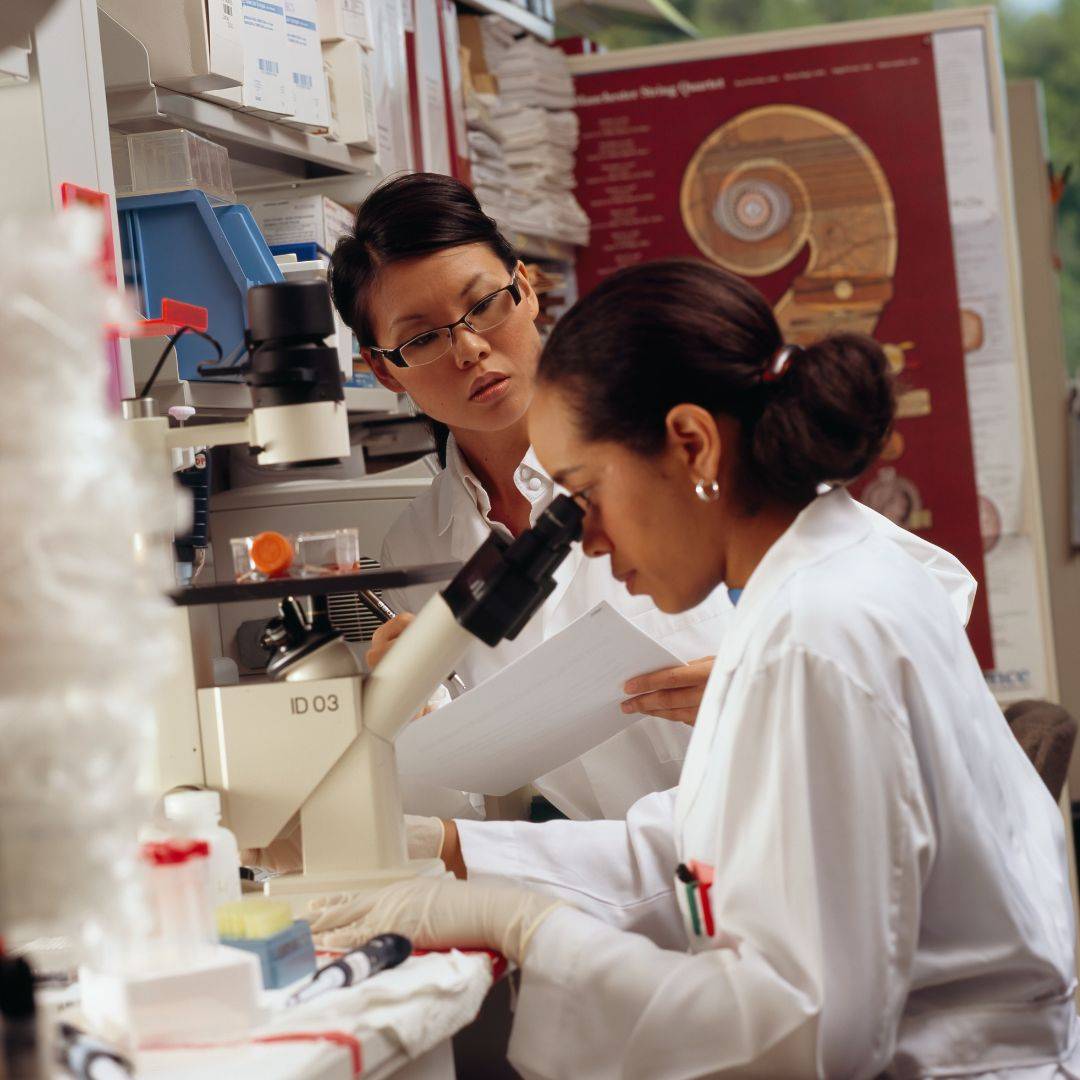
Image: Unsplash
Goal 9: Industry, Innovation and Infrastructure
10 Empowering Women In STEM Who Changed The World
From helping desegregate schools across America to the mastermind behind the Internet, meet the women in STEM who’ve changed the world as we know it.
By Jessica jurkschat
6 February 2023
In the next ten years, it’s estimated that there will be more than 821,300 STEM job opportunities, and despite women making up 50% of the total college-educated workforce, only 28% find themselves in the STEM workforce. Here are some incredible women who’ve helped break down the barriers - and just in time for International Day of Women in Science, celebrated on 11th February each year.
Jane Goodall, The Primatologist and Chimpanzee Expert
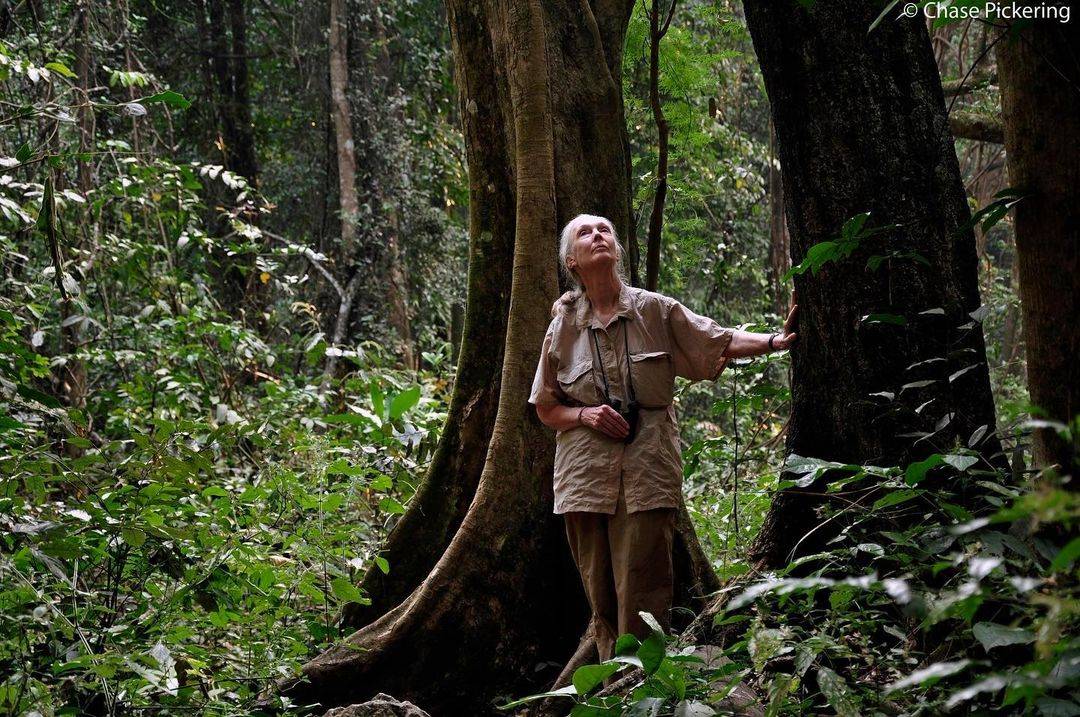
Seen as the world's foremost expert on chimpanzees, Jane Goodall is best known for her study of social and family interactions of wild chimpanzees since she first went to Gombe Stream National Park in Tanzania in 1960, where she witnessed human-like behaviours amongst chimpanzees. In April 2002, she was named a UN Messenger of Peace for her remarkable career demonstrating "dedication to what is best in mankind."
Alice Augusta Ball, The Chemist Who Helped Develop a Cure for Leprosy
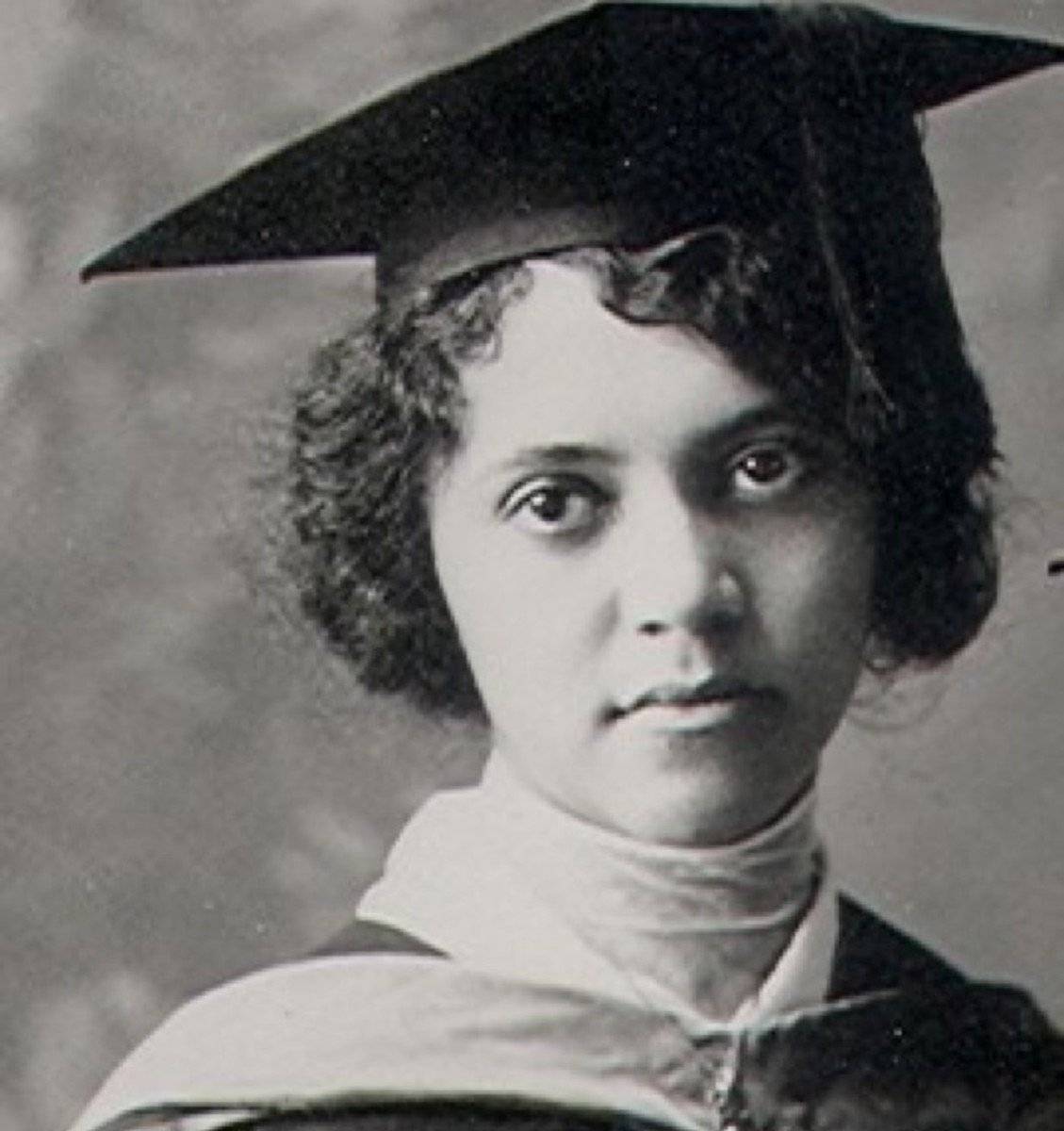
Alice Augusta Ball was an African-American chemist who developed the "Ball Method", an injectable oil extract that was the most effective treatment for leprosy until the 1940s. She was the first of many: the first woman and first African American to receive a master's degree from the University of Hawaii and the first female chemistry professor at the University. Sadly, Alice died from Tuberculosis at the age 24, and her contributions to science were not recognised until many years after her death.
Katherine Johnson, The ‘Hidden Figures’ NASA Space Scientist
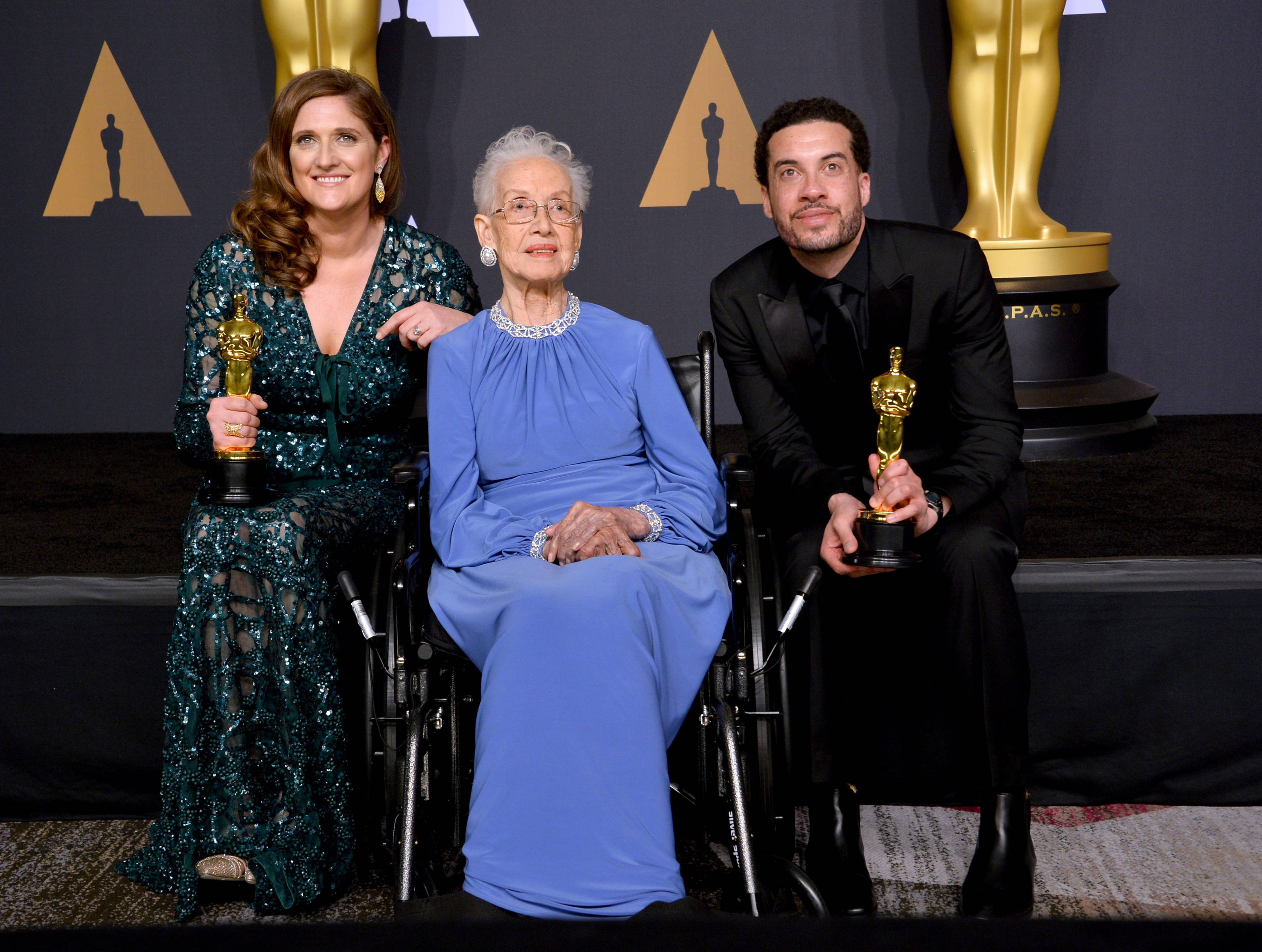
Katherine Johnson was an American math whiz whose calculations helped NASA send astronauts to the moon and back down to Earth. She helped break racial and gender barriers in the 1950s in the USA, like using the bathroom that was supposed to be for white women only. And unlike the white male astronauts she helped launch into space, no one knew of the groundbreaking work Johnson and dozens of other Black women did for NASA and space exploration. It wasn’t until the 2016 release of the movie Hidden Figures that these brilliant women received widespread recognition.
Janaki Ammal, The Botanist Who Saved a Valley
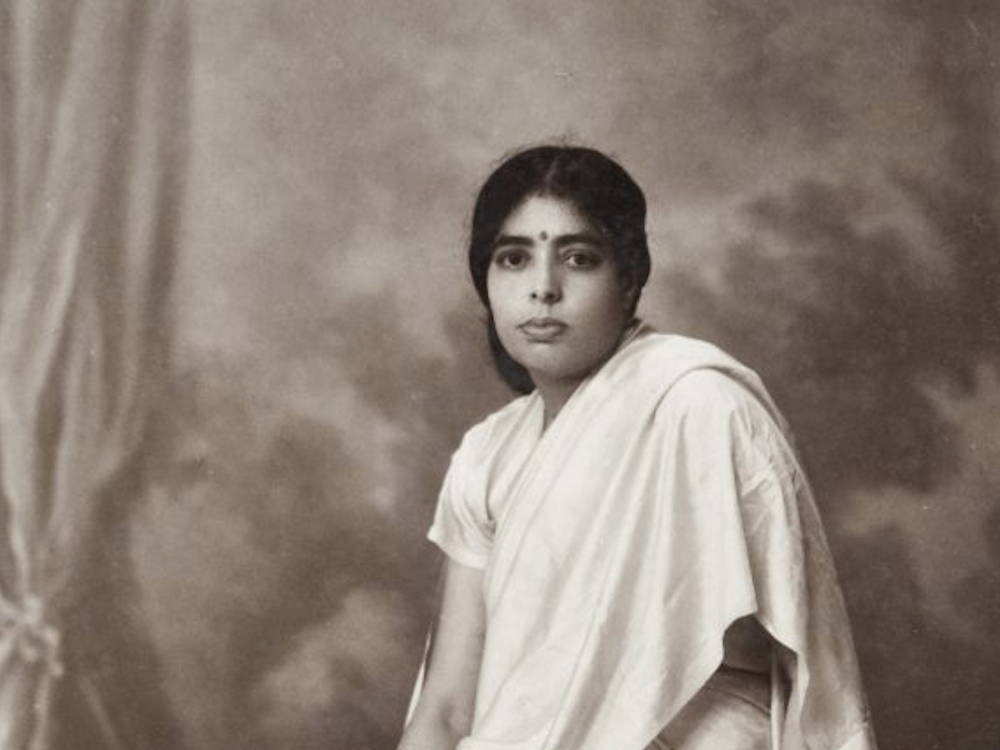
Janaki Ammal was an Indian botanist who worked on plant breeding, cytogenetics and phytogeography. She’s known as a champion of the oppressed minority and a feminist who put up a fight against men in science. Janaki developed several hybrid crop species – including varieties of sweet sugarcane – that India could grow on its own lands instead of importing from abroad. In her later years, she became a forceful advocate for the value and preservation of India’s native plants, earning recognition as a pioneer of Indigenous approaches to the environment.
Marie Curie, The First Woman to Win a Nobel Prize
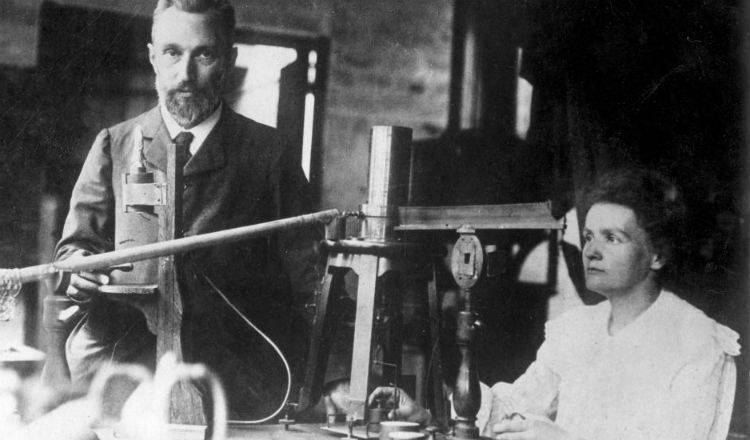
Marie Curie was a Polish and naturalised-French physicist and chemist who pioneered research on radioactivity. She was the first woman to win a Nobel Prize, the first person and the only woman to win a Nobel Prize twice, and the only person to win a Nobel Prize in two scientific fields. At the age of 66, she died of aplastic anaemia, likely due to radiation exposure from her scientific research and in the course of her radiological work at field hospitals during World War I.
Mae Jemison, The First Black Woman to Travel to Space
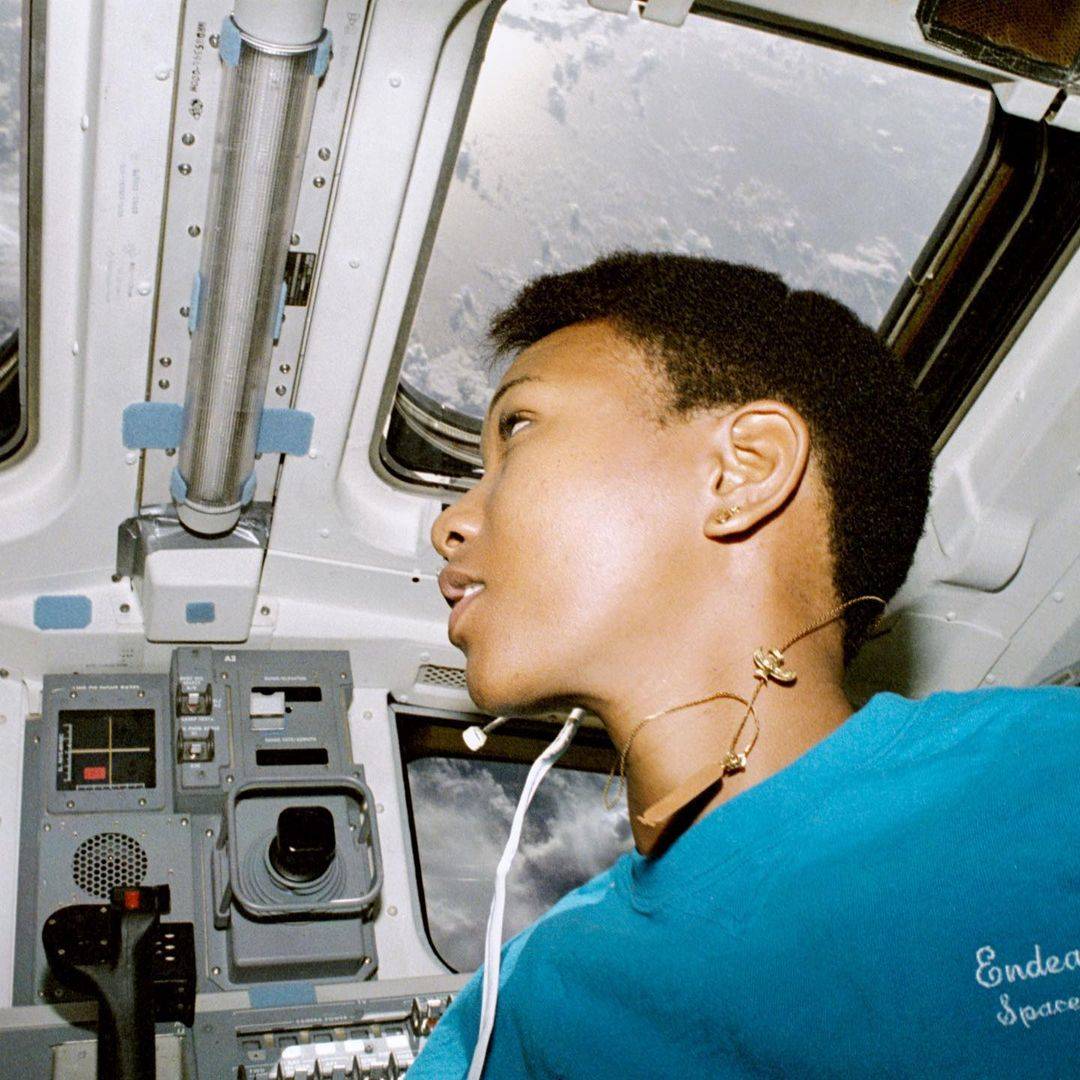
Mae C. Jemison is an American astronaut and physician who, on June 4, 1987, became the first African American woman to be admitted into NASA’s astronaut training program. On September 12, 1992, Jemison flew into space with six other astronauts aboard the Endeavour on mission STS47, becoming the first African American woman in space. The following year, Jemison left NASA and founded the technology consultancy The Jemison Group, followed by a non-profit organisation – called the Dorothy Jemison Foundation for Excellence – in honour of her mother.
Rosalind Franklin, DNA’s Unsung Hero
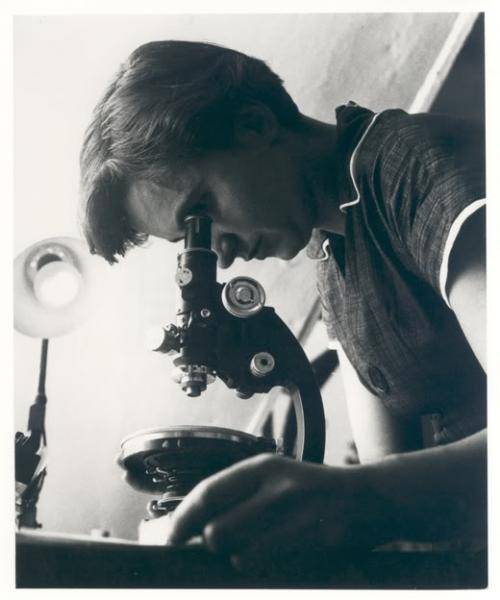
Rosalind Franklin was a British chemist and X-ray crystallographer whose work was critical to the understanding of the molecular structures of DNA, RNA, viruses, coal, and graphite. She’s best known for her work on the X-ray diffraction images of DNA while at King's College London, which led to the discovery of the DNA double helix. Sadly, Rosalind’s learnings were not recognised during her lifetime, and so, she is often referred to as the "wronged heroine", the "dark lady of DNA", the "forgotten heroine", and the "Sylvia Plath of molecular biology".
Radia Perlman, The Woman Who Transformed the Internet
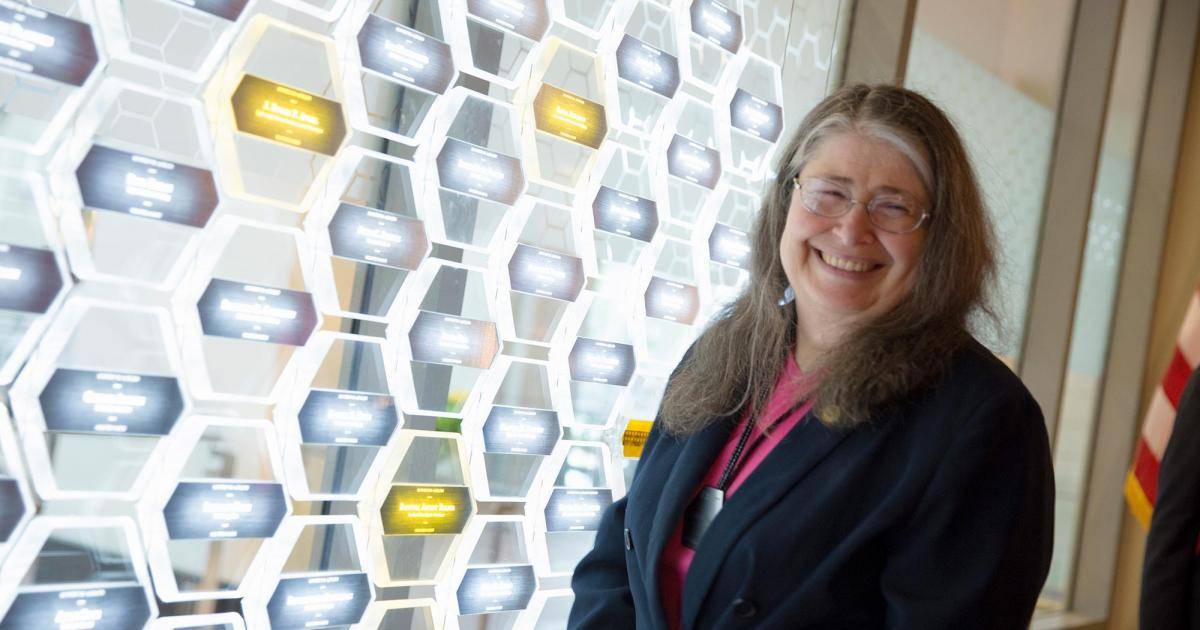
Radia Perlman is an American engineer and mathmetician that played a key role in the Internet as we know it. She’s most famous for inventing the algorithm behind the spanning-tree protocol (STP), that made today’s Internet possible. Her innovations have made a huge impact on how networks self-organise and move data and helped enable today's link-state routing protocols to be more robust, scalable, and easy to manage.
Mamie Phipps Clark, The Psychologist Who Helped Desegregate Schools in America
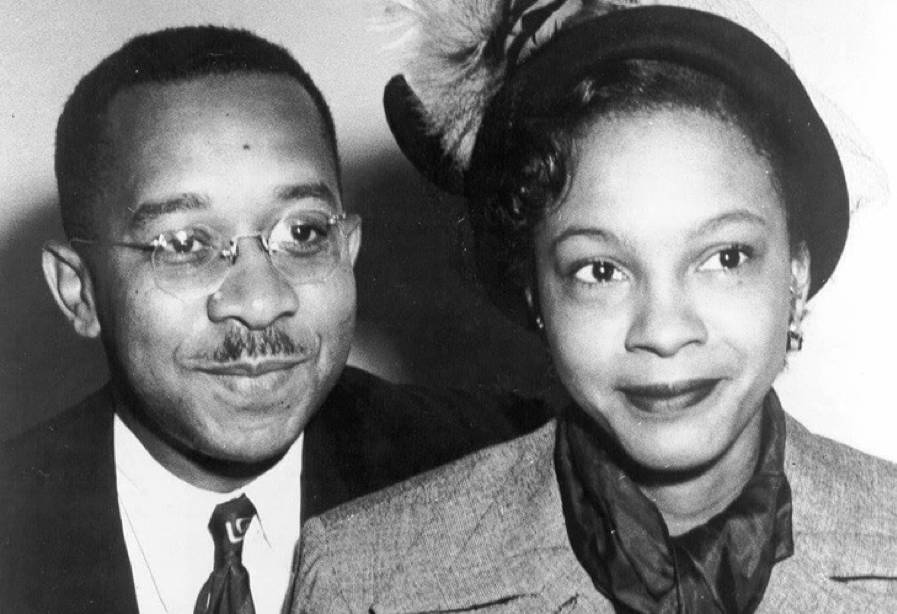
Mamie Phipps Clark was an African-American social psychologist who, together with her husband Kenneth Clark, focused on the development of self-consciousness in black preschool children. Their work was developed into the famous Doll Test, which asked 253 black children aged three to seven –134 of the which attended segregated nursery schools in Arkansas and 119 who attended integrated schools in Massachusetts – to identify the race of the doll (two with white skin and yellow hair, and two with brown skin and black hair) and which they preferred to play with. The majority of the black students preferred the white doll with yellow hair, assigning positive traits to it, and most discarded the brown doll with black hair, assigning it negative traits. The Clarks concluded that black children formed a racial identity by the age of three and attached negative traits to their own identity, which were perpetuated by segregation and prejudice.
Inge Lehmann, The Seismologist Who Discovered Earth’s Inner Core
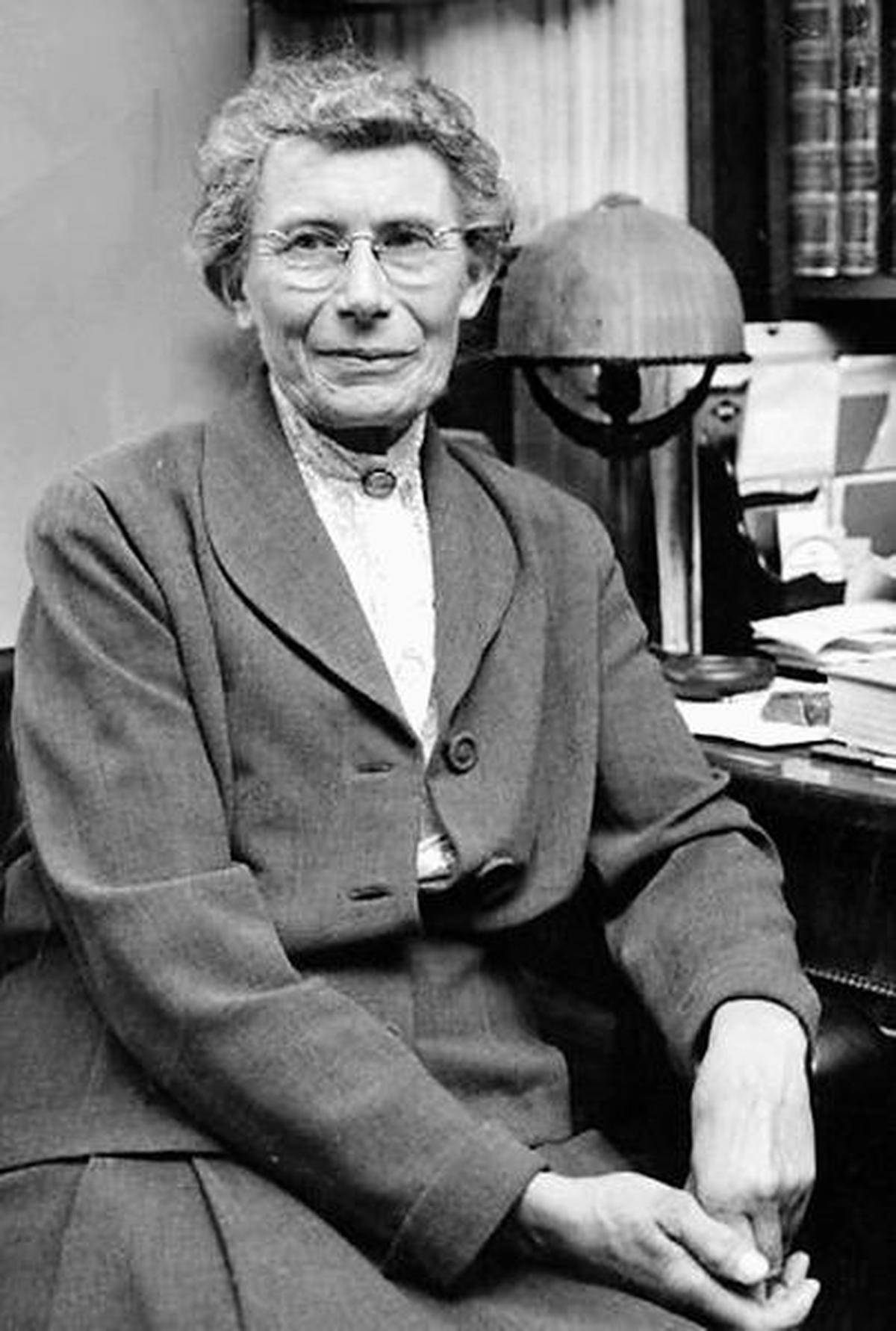
Born in Denmark in 1888, Inge Lehmann was a pioneer among women and scientists. She grew up in Denmark in the early 1900s — a time when women were almost entirely excluded from the sciences. Luckily, Inge was able to attend the country's first co-ed high school, where she became fascinated with mathematics. She became a seismologist and geophysicist, and in 1936, made a ground-breaking discovery that the Earth has a solid inner core inside a molten outer core.
100% of profits from the sales of #TOGETHER products go to charities that advance the Sustainable Development Goals. Find out more here.